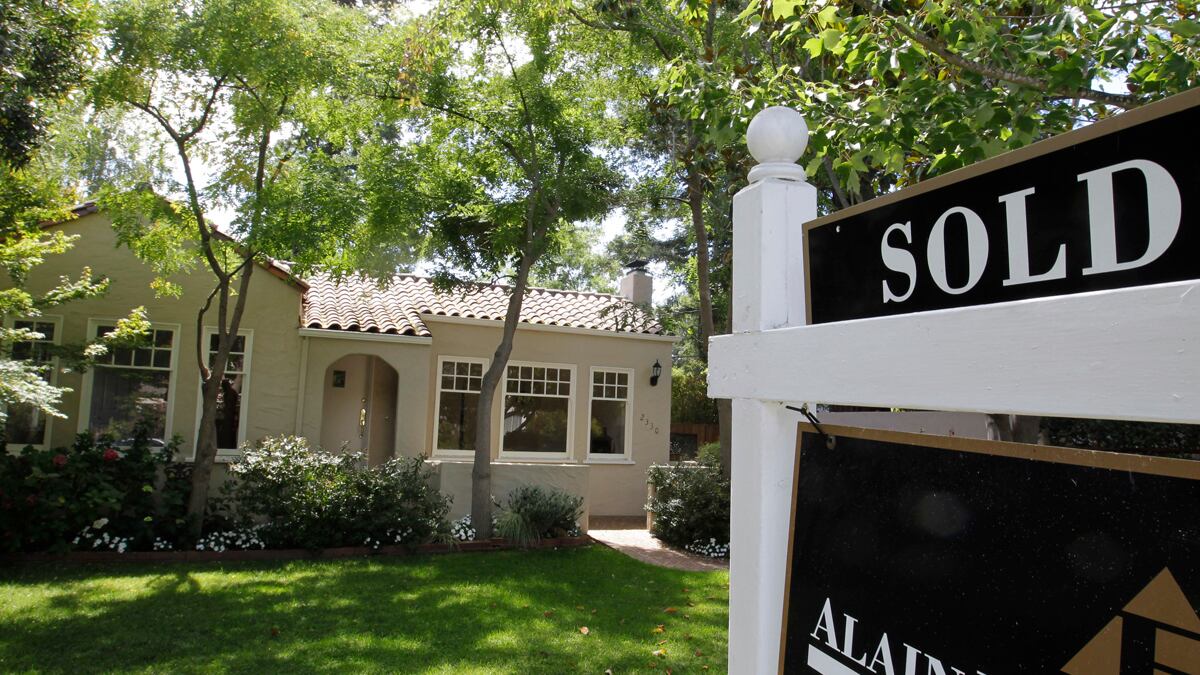Housing is back! It may not be 2006. But by several measures 2012 is looking to be the best year for housing since the bubble popped. Evidence is mounting that the housing market finally hit bottom and is in the process of recovering.

The first bearer of good tidings was the Census Bureau, which reported Wednesday that housing starts in August came in at an annual rate of 750,000, up 2.3 percent from July’s rate of 733,000 and, more importantly, up 29.1 percent from the August 2011 rate of 581,000. Through the first eight months of 2012, housing starts are up about 25 percent from the first eight months of 2011. Building permits for single-family homes were actually down slightly from July, with 803,000 in August compared with 811,000 in the previous month, but the year-over-year trend, which gives a better idea of where the housing market is going, is still solidly up, a 24.5 percent increase from August 2011’s annualized rate of 645,000.
The other good news came in the National Association of Realtors monthly report on existing home sales. Existing home sales in August came in at an annualized rate of 4.82 million, up 9.3 percent from 4.41 million in August 2011. Along with more homes getting sold, the stock of existing homes also saw their values rise. The median price of a home sold in August 2012 was $187,400, up 9.5 percent from August 2011. According to the NAR, this was the biggest one-year increase in home values since January 2006.
Another important number reported by NAR was the portion of existing home sales that were either foreclosures or short sales—sales by the home buyer at a discount to the original price. In August foreclosures and short sales constituted 22 percent of all sales, down from 31 percent of all sales in August last year. This means that more and more home sales are not banks trying to get some money back from a bad loan or homeowners realizing a loss. Rather they consist of individuals realizing actual gains from their homes—or at least selling homes for a sum larger than the amount of mortgage debt lying on them. That bodes well for the housing market—people can take the cash realized from sales and buy new homes. But it also bodes well for the economy at large.
The NAR report also showed that the total housing inventory is smaller than last year and that homes are spending less time on the market. The inventory in August was a little less than 2.5 million homes, which at the current sales pace is just over a six-month supply. That’s down around 18 percent from August of last year, when there was an 8.2-month supply. For August the median time a home for sale spent on the market was 70 days, almost a 24 percent decrease from last August, when the median time on the market was 92 days. That means that buyers aren’t waiting around so long to snatch up a new home, showing that there’s more confidence in a more frothy and active housing market.
Lawrence Yun, NAR’s chief economist, said in a statement that “the housing market is steadily recovering with consistent increases in both home sales and median prices.” And while NAR is sometimes seen as cheerleading for the housing market, in August, at least, the data look to be firmly on his side.





